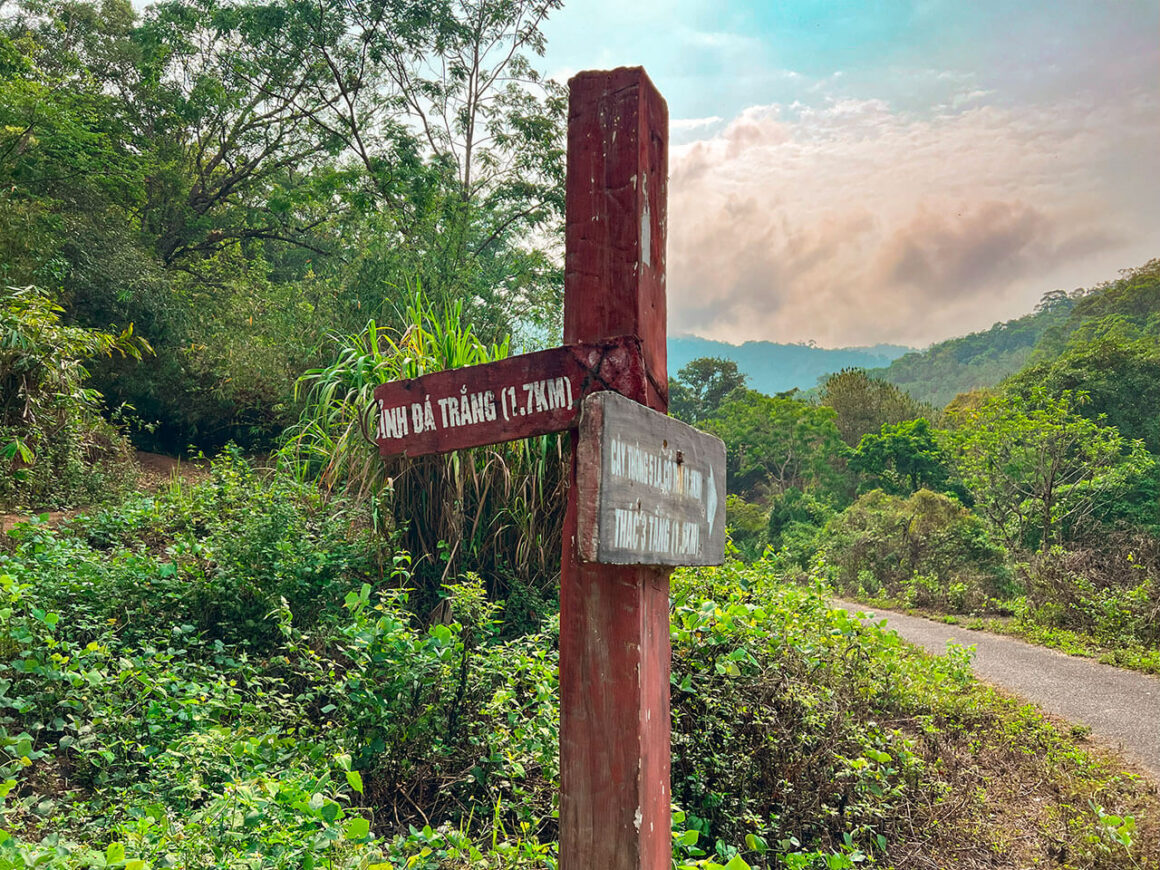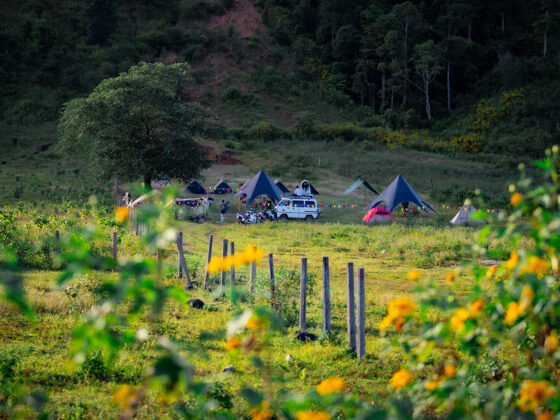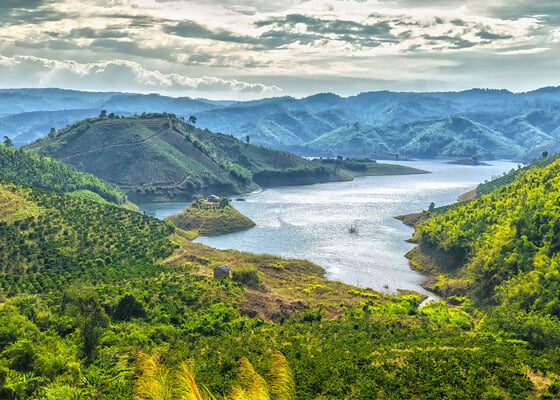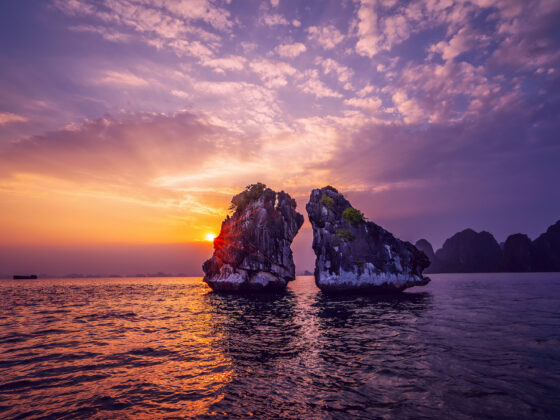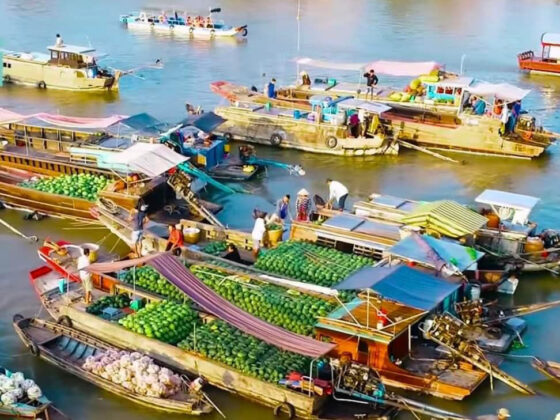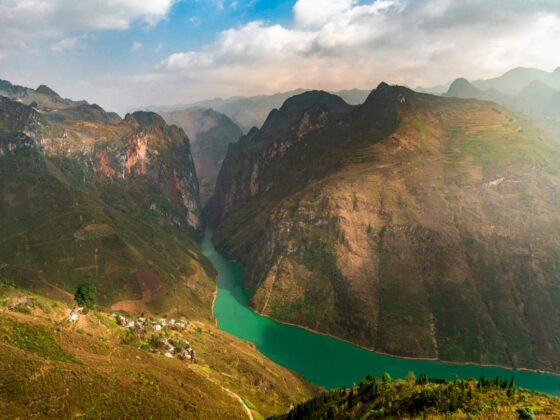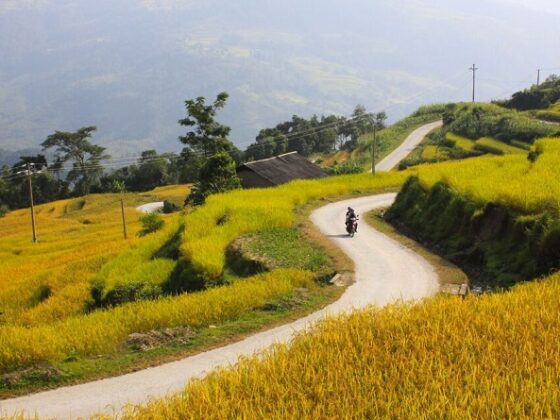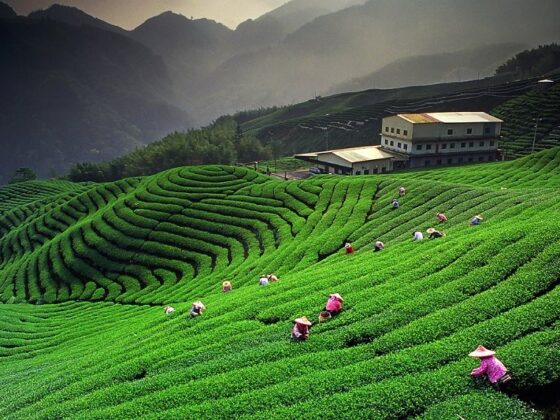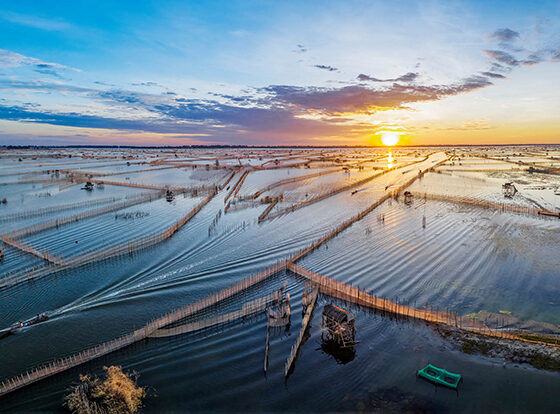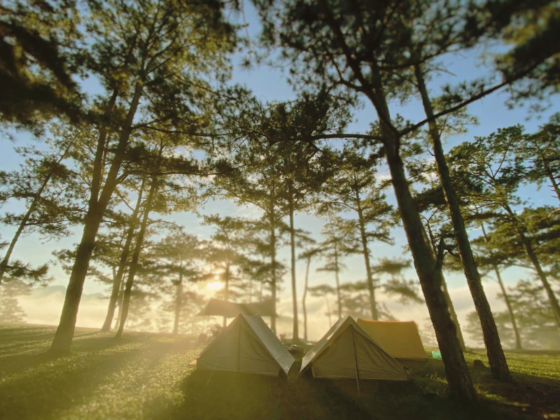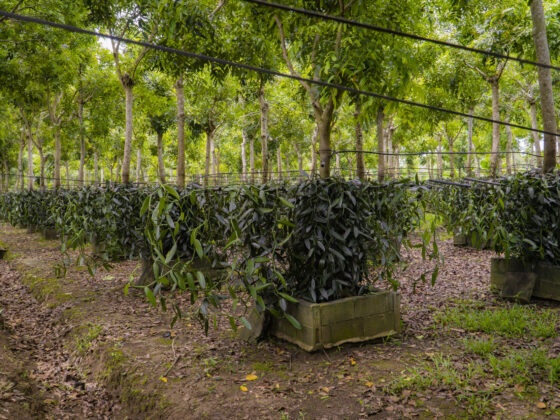Table of Contents Show
Nestled in the misty highlands of Gia Lai, Kon Ka Kinh National Park is more than just a trekking destination, it’s a living heartbeat of Vietnam’s Central Highlands. From ancient evergreen forests humming with the calls of red-shanked douc langurs to sweeping views from the 1,748-meter summit, every trail here invites you to slow down and rediscover the wild soul of nature.
Whether you’re chasing mountain sunrises, cooling your feet in crystal-clear streams, or learning the rhythms of Ba Na village life, Kon Ka Kinh promises not just a journey but a transformation.
Read more interesting posts here:
- Built for Wanderers: The Story of Our Local Exploration App
- Strong, Soft, and Solo: A Guide to Self-Discovery Travel for Women
- A Local’s Guide to Non-Touristy Places in Vietnam: Beyond the Brochures
Overview of Kon Ka Kinh National Park
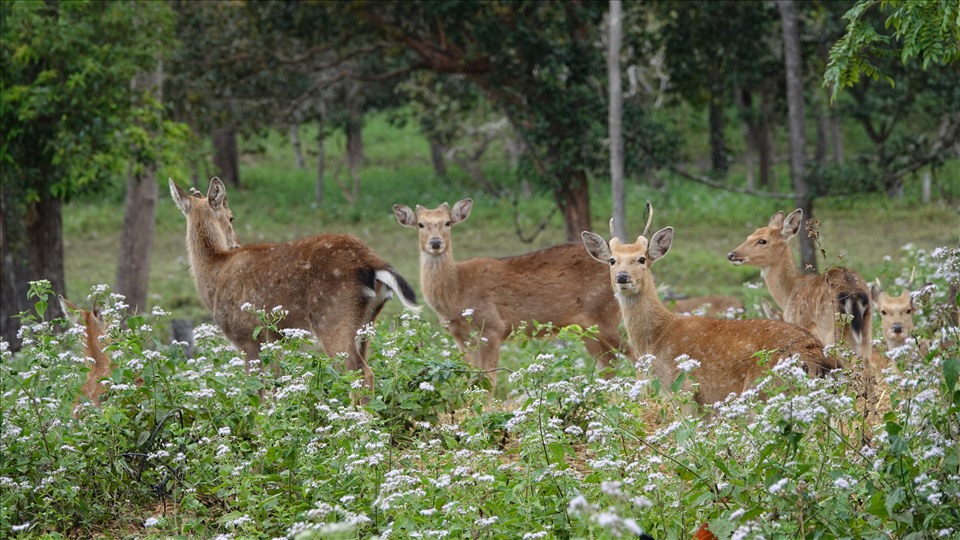
Nestled in the northeast of Gia Lai province, about 50 km from the centre of Pleiku, the Kon Ka Kinh National Park stands tall. The summit of Kon Ka Kinh, at 1,748 m above sea level, is often called the “roof of Gia Lai”, offering sweeping views across the Pleiku plateau. The forest here preserves a high-mountain subtropical ecosystem, rich in biodiversity; its emblematic species is the red-shanked douc langur, a primate unique to Vietnam and very sensitive to noise.
Kon Ka Kinh is also an ASEAN Heritage Park (2003) and the core zone of the UNESCO Kon Hà Nừng Biosphere Reserve (2021). For more detailed info about the park, check the ExoTrails app and use the TrackMate feature for a memorable adventure with your crew.
Getting from Pleiku to Kon Ka Kinh National Park
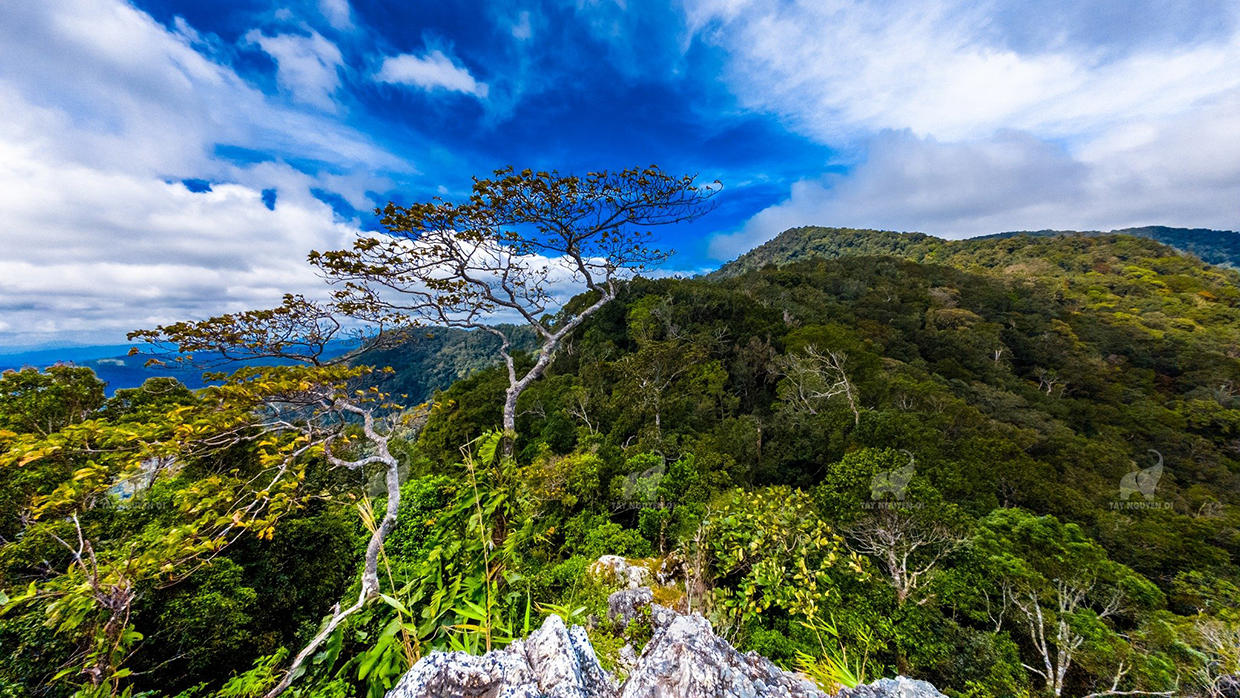
If you’re self-driving (motorbike or car) from Pleiku to Kon Ka Kinh National Park, take National Highway 19 toward Mang Yang, then turn into Ayun commune where the park’s management office is located. The asphalt road is good; the final stretch into the forest has some slopes and hairpin bends, make sure your brakes, lights and fuel are all good before entering Kon Ka Kinh lush mountain road.
If you prefer public transport, you can catch the Pleiku–An Khê bus, get off at Mang Yang, then take a taxi or Grab/xe ôm straight to the gate of Kon Ka Kinh National Park. Riding a motorbike gives you the freedom to stop for photos along the route, but be sure to bring a light rain-coat and thin gloves because the higher altitude of this National Park can get pleasantly chilly.
Highlight Experiences
Trekking to the Summit (1,748 m)
This is the crowning experience for those with good fitness. The popular trail starts from the ranger station, cutting through dense evergreen forest with steady ascent, few exposed rocks, interspersed with sunlit clearings where light filters through the canopy.
Start early in Kon Ka Kinh National Park to make the most of the cool morning air and give yourself plenty of time for the climb and descent. A good pace is to hike 40–50 minutes, then take a 10-minute break to rehydrate and refuel. As elevation increases in Kon Ka Kinh National, humidity shifts and the trail can become slippery; wearing shoes with good grip will give you confidence across roots, earth-steps, and damp slopes surrounded by the park’s lush greenery.
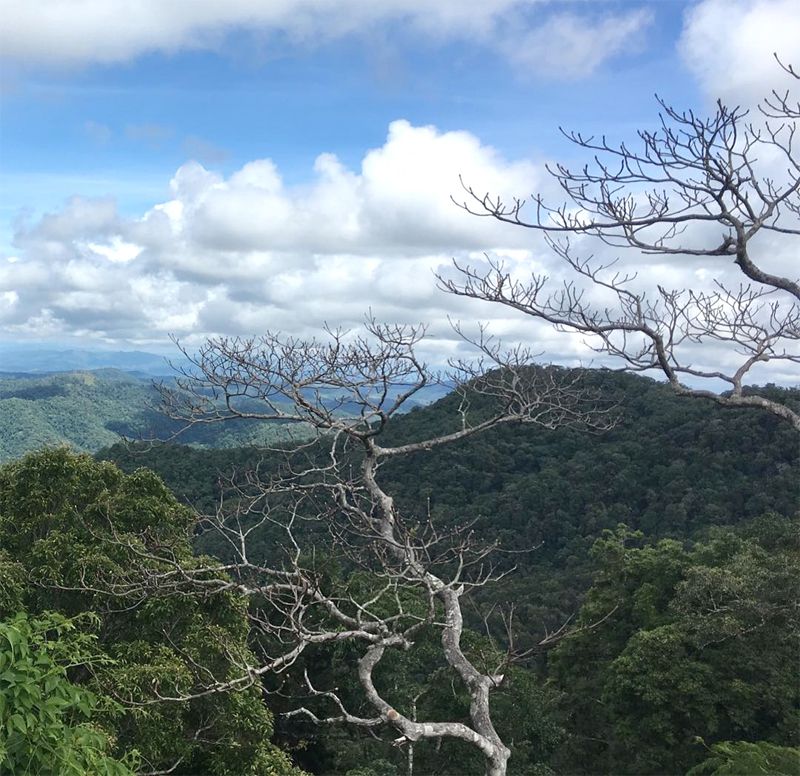
Near the summit of Kon Ka Kinh National Park, the wind swirls stronger and your view opens wide; if you’re lucky and clouds drift at eye level, you’ll glimpse the magical boundary between forest and grassland. Once you reach the top of Kon Ka Kinh, allow 20–30 minutes to soak in the 360-degree panorama rolling green waves of Kon Hà Nừng and remote ethnic villages nestling among the hills. For the descent, maintain a shorter, quick stride and avoid repeated heel braking to spare your knees while you savor the final views of Kon Ka Kinh National Park’s majestic highlands.
A same-day return is possible for a fit group, but if you want to savour sunrise or sunset in full ease, a 2-day/1-night stay (sleeping in a buffer zone) is a more relaxed choice. Be sure to register your itinerary with the rangers and consider hiring a local guide if someone in your group has less experience.
White Stone Summit & Waterfall-Stream System
The White Stone Summit in Kon Ka Kinh National Park is a perfect viewpoint for those wanting a slightly lighter but still emotionally rich route. The trail is initially quite open, soon leading into short slopes on gravelly ground. Arriving at the White Stone section, the pale rock forms a natural platform with a sweeping view down to the forest below, a great spot for panorama photos.
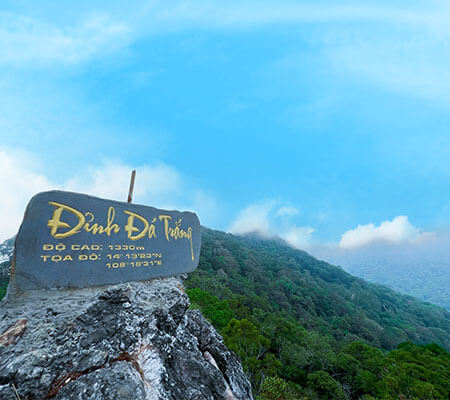
Start early and keep noise low, you might catch a red-shanked douc langur in the high canopy of Kon Ka Kinh National Park; don’t call out or chase, just quietly observe with binoculars. From the White Stone area, you can continue onto trails that reach waterfalls and streams. In the rainy season, the water level rises and the flow becomes powerful, white froth everywhere, wear trekking sandals or quick-drain shoes and bring a waterproof pouch for your phone or camera.
In the dry season, the streams are so clear you can see the bottom; smooth flat rock “steps” form wonderful lunch-stop spots, but absolutely do not dump rubbish or use soap to wash in the stream, so the microbial ecology remains safe.
Botanical Garden & Guided Trail
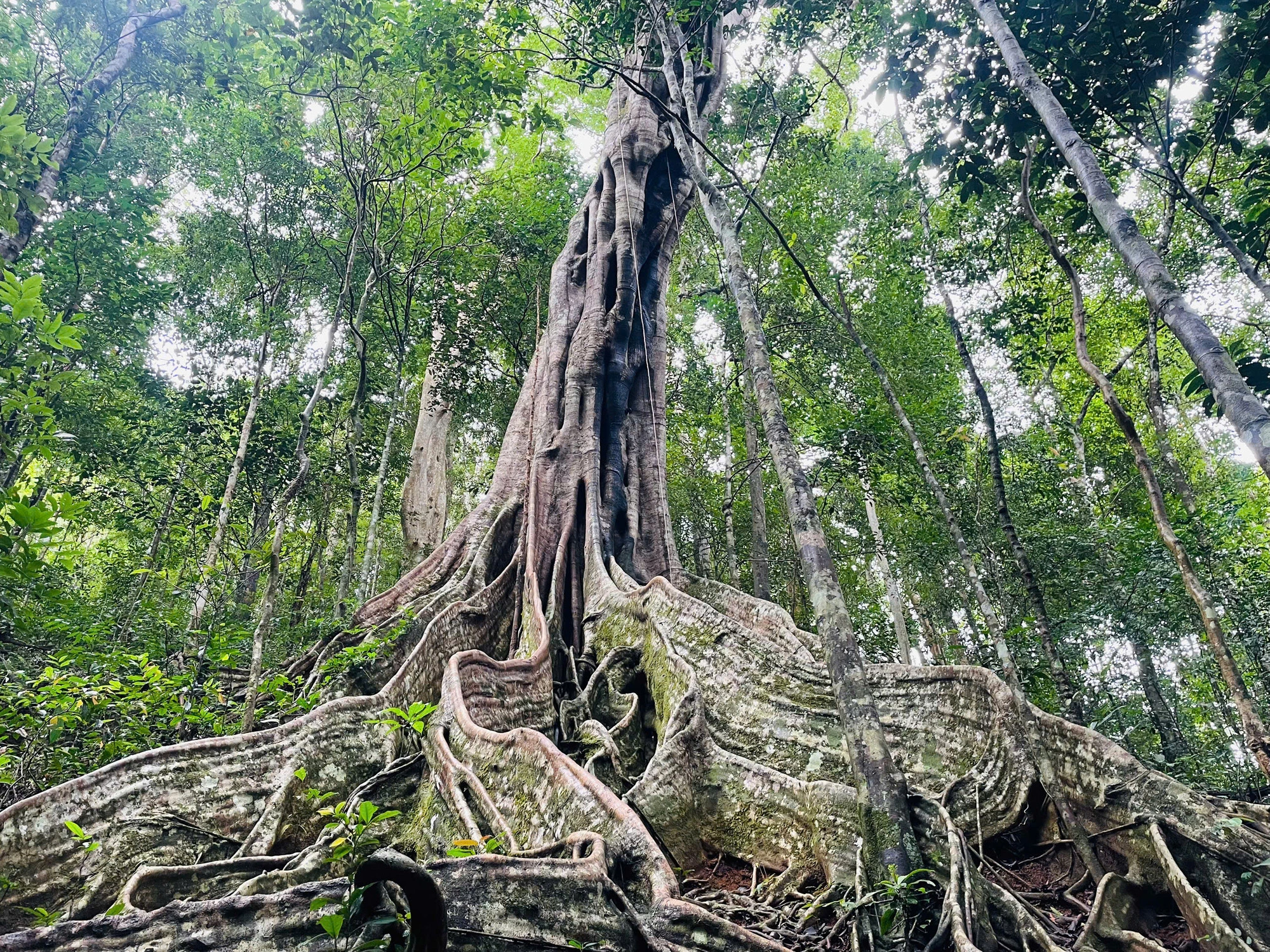
This route in Kon Ka Kinh National Park suits families with children, groups who want a ‘warm-up’ before a bigger climb, or visitors with less time. The trail is clear, gentle in slope, and flanked by information boards on notable species: pơ mu, thông tre, certain bare-seed tree species, and forest orchids clinging to trunks. You can turn the hike into a “field class”: photograph leaves, barks, and fruits to research later; listen to early-morning birds; the soundscape is most vibrant from about 6:00–9:00.
If you’re with kids, bring along a game of observation: count forest tiers, look for animal tracks (wild boar, small mammals), distinguish bird calls by pitch… Wooden benches or blocks along the trail are ideal to tell stories of seed-to-tree life-cycles, or to practise the “Leave No Trace” rule with small tasks: pick up micro-litter, pack it out.
Ba Na Culture in the Park’s Buffer Zone
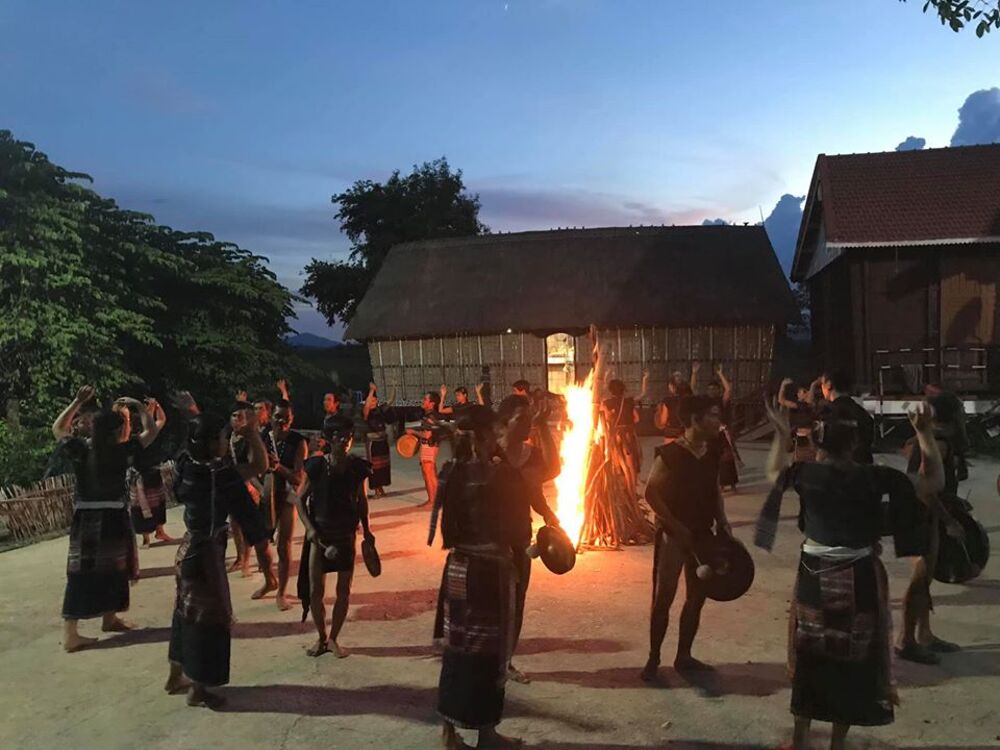
The cultural experience at Kon Ka Kinh National Park completes the journey. Visit a Ba Na village near the park, and you’ll see a tall communal house-pole structure (nhà rông) — the heart of community life. In the afternoon, accompany locals up to their mountain fields, hear stories about upland rice and forest seasons, and join for dinner: cơm lam (bamboo-cooked rice), forest-leaf-marinated grilled chicken, and wild-forest salt & pepper; drink slow-sipped tribal rice wine around the fire as tales unfurl.
If staying in a homestay within Kon Ka Kinh National Park, rise early to the soft cold of the plateau and observe life beginning with the sound of mortar pestling, roosters crowing, and thin strands of stove smoke. On special occasions, the sound of gongs and bells will linger in memory; please respect community life and privacy before photographing, and if possible, buy some handmade artisan items like baskets or hand-woven scarves to support the local economy.
Accommodation at Kon Ka Kinh National Park
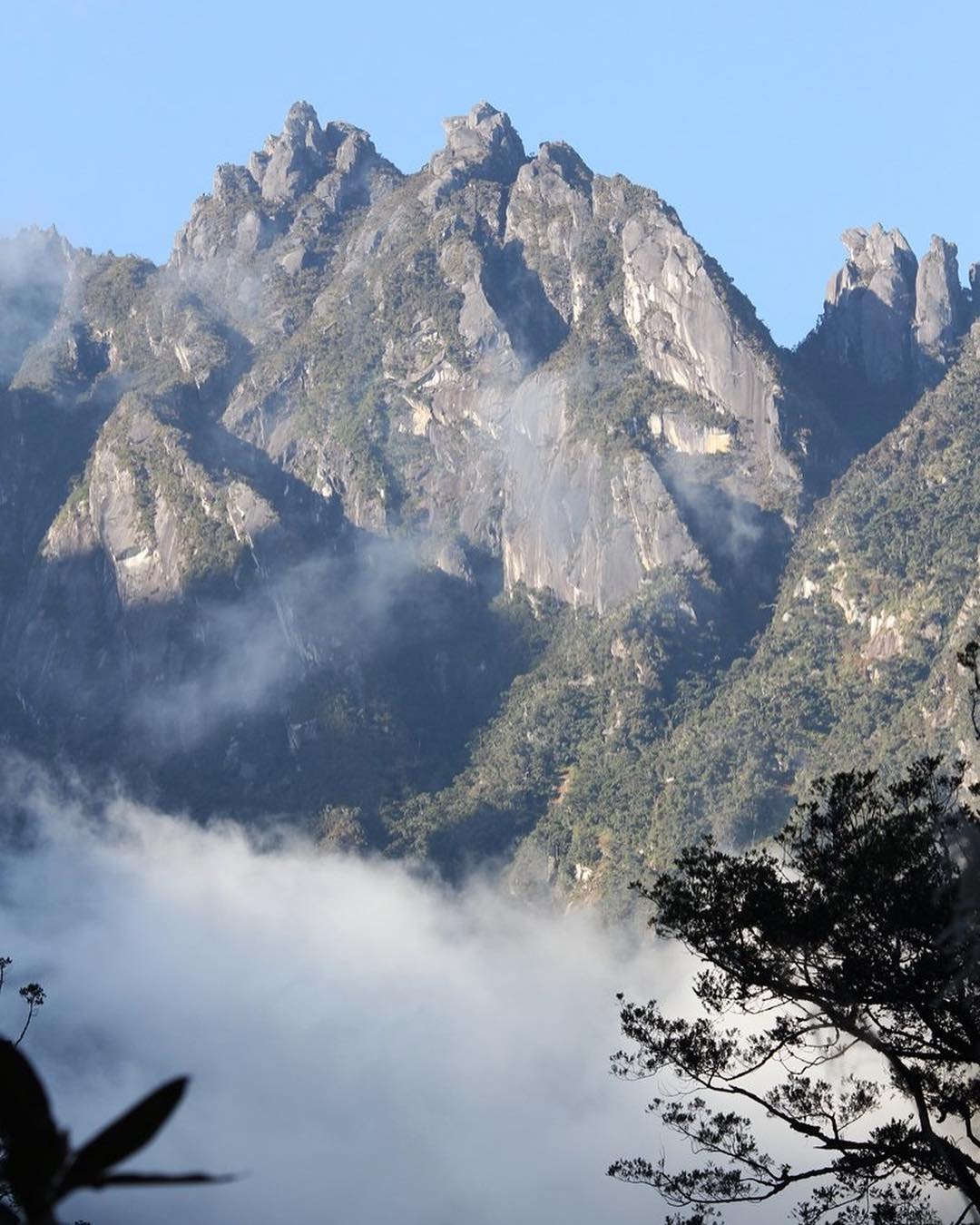
Around the park area you’ll find basic guesthouses managed locally and some homestays in Ba Na villages. Rooms are clean and sufficiently equipped (beds, fan, hot-water depending), suitable for one night before an early start. If you prefer more service choices, stay in Pleiku and make a day trip; the city has a variety of hotels, eateries and cafés.
Weather & Best time to visit
The dry season (roughly Jan–Apr/Jun) is the best window for trekking in Kon Ka Kinh National Park due to dry trails and clear visibility. The rainy season (mid-year to end) yields a thicker forest canopy and dramatic waterfalls and streams, but be cautious: trails are slick, humid, and leeches may show up. If visiting in the rainy season, bring a lightweight rain jacket, waterproof cover for your gear, anti-leech gel, and shoes with strong grip. Whatever the season, check the weather forecast 1–2 days ahead and ask the ranger station about trail conditions.
Safety tips & What to pack
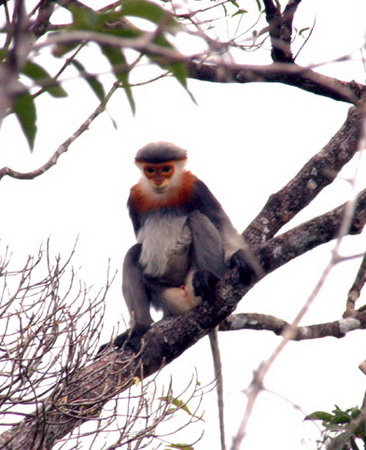
Always register your route at the gate or ranger station of Kon Ka Kinh National Park; the trails are long, so go together with a local guide. Pack lightly but smart: ankle-supporting trekking shoes, thick socks, breathable long-sleeve shirt, hat, thin gloves, rain jacket, headlamp or torch, 1–2 litres of water per person, high-energy snacks, and a personal trash bag. Observe wildlife with binoculars, don’t feed animals, and don’t use loud music or speakers while exploring Kon Ka Kinh National Park’s pristine forest. Mobile coverage in the forest is spotty, so download offline maps ahead and inform someone about your itinerary. Practice “Leave No Trace”: don’t pick or clip branches, don’t mark trees or stones, don’t light an open fire recklessly, and always carry your trash out.
Conclusion
As your footsteps fade along the forest path, Kon Ka Kinh National Park leaves behind something deeper than memories, a quiet reminder of how alive the world still is when we choose to explore it mindfully. Here, the mountain wind carries stories of resilience, harmony, and awe. So before the next adventure calls, take one last look at the sea of green beneath you and let Kon Ka Kinh whisper its timeless invitation: to wander, to listen, and to belong.
Ready to discover your own trail tale? Join our community of explorers in the ExoTrails Facebook Group and follow the ExoTrails Fanpage for daily inspiration and trail tips!
FAQ
Is Kon Ka Kinh National Park an ASEAN Heritage Park?
Yes, it was recognised in 2003.
How high is the summit of Kon Ka Kinh?
1,748 m above sea level.
How far is it from Pleiku to the park?
About 50 km to the north-northeast.
Can you visit the park in one day?
Yes, if you are reasonably fit and the weather is good; but a 2-day/1-night stay will be more relaxed and safer.
What is the best season to visit the park?
The dry season (from about January to April/June) is ideal for trekking thanks to dry trails and good visibility. The rainy season (mid-year to end-year) brings lush green forests and beautiful waterfalls/streams, but trails are slippery, humid and leeches or ticks may appear so be well prepared.
Experience Kon Ka Kinh National Park with the New ExoTrails App!
Download or update to ExoTrails 2.2.0 today to enjoy smoother, smarter, more powerful trekking experiences than ever.

